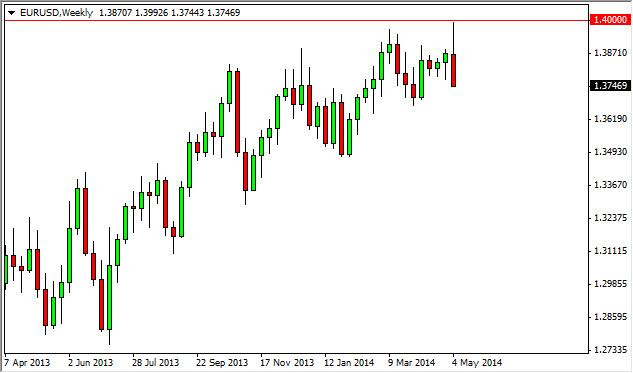EUR/USD forecast for the week of May 12, 2014, Technical Analysis
The EUR/USD pair initially tried to rally to the 1.40 level, but as you can see turned everything back around and form a nasty looking resistive candle. The shape of the candle is somewhat like a shooting star, and as result it looks as if the market is ready to continue falling from here. The 1.37 level will be supportive, but we believe that the closing of the week at such lows in the range means that we will see continued bearish pressure, and as a result we aren’t looking to buy at all now.


 LinkBack URL
LinkBack URL About LinkBacks
About LinkBacks







 Reply With Quote
Reply With Quote

Bookmarks